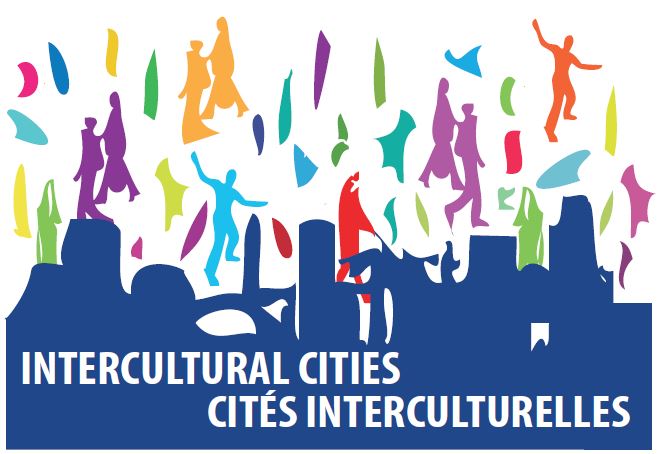Module 3 - Toolkit for antirumours dialogue
Despite the power of the media or the great impact of social media, face-to-face dialogue remains a fundamental tool for generating deep and lasting changes in people's opinions and beliefs. However, in a context of growing populist and stigmatising discourses, which include hate-speech, it is important to generate alternative narratives that are more rigorous, constructive and based on respect for human rights and the equal dignity of all people, the value and recognition of diversity and the values that allow for social cohesion, positive intercultural interaction and living together in diversity.
The processes of creating, communicating, and disseminating these narratives require a multidimensional and multilevel approach: they must involve various fields, channels, messengers, and the participation of a large number of actors, both institutional and from civil society as a whole.
The objective of the dialogue proposed is very specific and cannot be generalised, nor does it have to do with intercultural dialogue, which pursues other objectives. It is a question of identifying tools ensuring this strategic dialogue can be productive, achieve results and contribute to generating change among individuals whose beliefs are based on prejudices and misinformation.
Take a look at the policy brief Claiming the power of dialogue: A toolkit for antirumours dialogue to learn about how dialogue can be used to create alternative narratives.
Please take a look at this summary.
- The dialogue must be a complement to other actions that aim to generate alternative narratives and to promote critical thinking and empathy.
- This type of dialogue is an instrument for achieving concrete results. It must be done on the basis of a commitment to rigour, facts and truth, as well as to the values of respect for human rights and the dignity of all people.
- In no case is it a question of manipulation or winning a battle. Approaching a debate as if it was a battle in which to win by imposing arguments is problematic when it comes to building bridges across differences.
- The dialogue proposed should be understood as a process that has deeper results in the medium and long term. But this does not mean that humble or relevant results cannot be achieved in spontaneous conversations.
- Dialogue in no way means relativising, minimising, simplifying, or accepting ideas with which one does not agree at all and which may be consider negative or even dangerous. It is a matter of claiming individual responsibility for everyone to have a proactive attitude and achieve results.
- Anti-rumours dialogue has its red lines. Faced with clearly extreme, intransigent or supremacist racist positions, this type of dialogue may not be effective as it requires active listening from all sides.
- Priority is given to dialogue with persons who are part of the ambivalent majority and who have opinions based on prejudice and misinformation.
- This dialogue is approached from the private sphere and not to be shared among other audiences. Priority is given to face-to-face dialogue with a single person, as this has a greater impact as a forum, although this does not mean that it is not advisable to consider dialogue with more people, in certain contexts.
- Anti-rumours dialogue can be the result of proactive planned action or a spontaneous situation. In the first case, there is more time to prepare; in the second case, there is a need to improvise more, but we will also be able to apply the techniques and recommendations detailed in this paper.
- Context matters. To have a productive dialogue it is important to have a calm environment and enough time. If this is not the case, it is better not to engage.
- Anti-rumours dialogue requires preparation, practice, and continuous evaluation of the results.
You are standing in line at the grocery store. The line is long, and soon you realise an acquaintance is standing before you. You start catching up and during the discussion, they comment on migration and how negative this is for your city. You disagree. What do you do in this situation? Do you discuss? Do you leave the topic without commenting? If you comment, what do you say?



